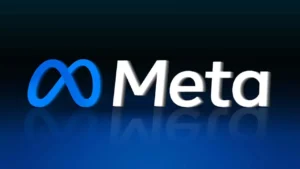Meta has officially removed detailed targeting exclusions from all new ad campaigns, marking a significant shift in how advertisers can refine their audience selections. While the change had been anticipated for some time, Meta only recently confirmed the update, which was quietly implemented earlier this year.
Detailed targeting exclusions previously allowed advertisers to exclude specific demographics, interests, or behaviors from their ad audience, offering more granular control over who saw their ads. However, Meta has found that these exclusions often hindered ad performance rather than enhancing it.
According to Meta’s data, campaigns without detailed targeting exclusions saw a 22.6% improvement in median cost per conversion. This suggests that Meta’s advanced AI-driven targeting systems are now more effective at reaching the right users without the need for manual exclusions.
The move aligns with Meta’s broader vision for ad automation. As Meta’s AI systems continue to evolve, the company is leaning more into automated processes, including its Advantage+ campaigns, which generate optimized ads with minimal input from advertisers. In the future, advertisers might only need to provide a product URL, with Meta’s AI handling the rest of the campaign creation.
While the removal of detailed targeting exclusions might seem counterintuitive to some marketers, Meta’s data suggests that this change could lead to better ad performance overall. Existing campaigns using audience exclusions will remain unaffected until January 31, 2025, after which they will stop delivering unless modified.
For advertisers, the shift highlights the increasing importance of trusting AI-driven solutions to optimize ad campaigns, potentially leading to more efficient and effective advertising strategies on Meta’s platforms.
Read: Content Repurposing Guide 2024: Breathing New Life into Your Ideas


